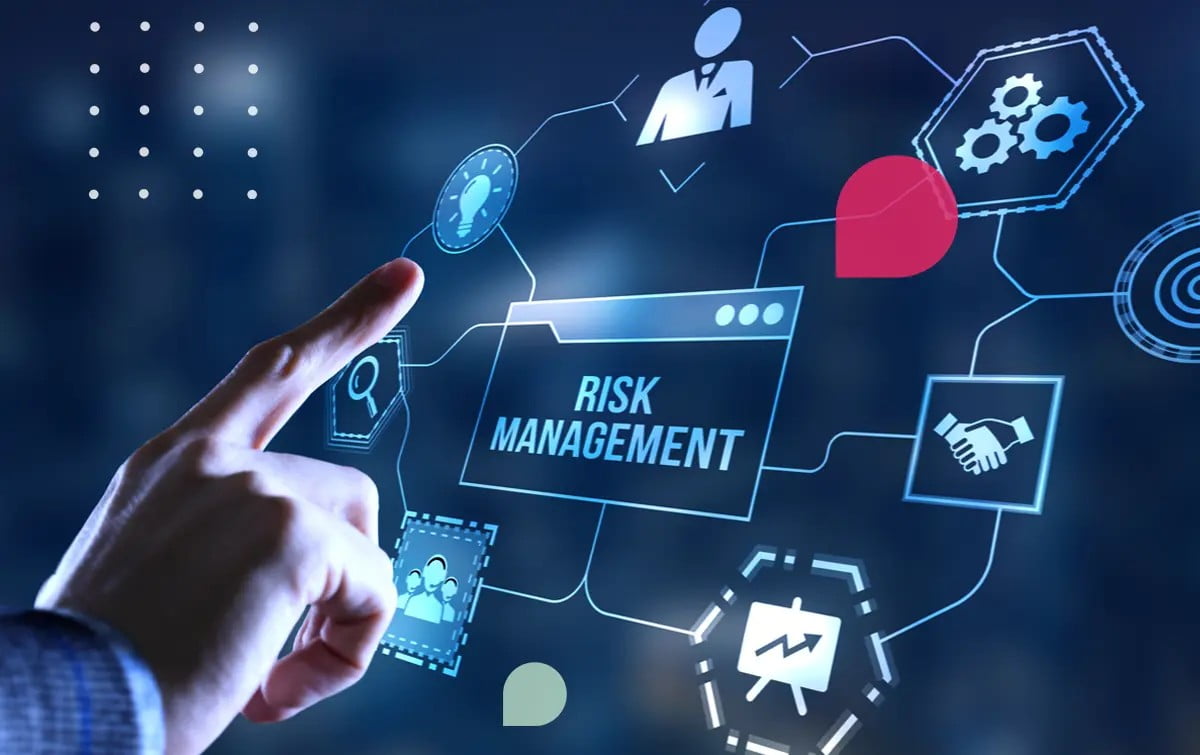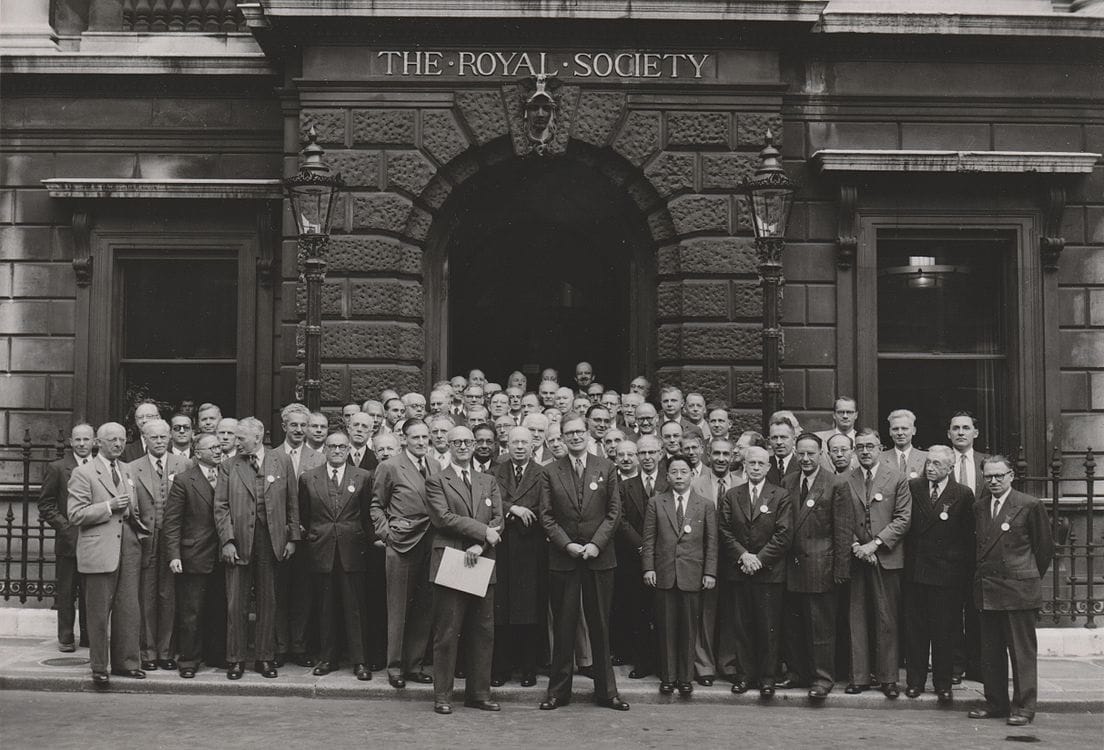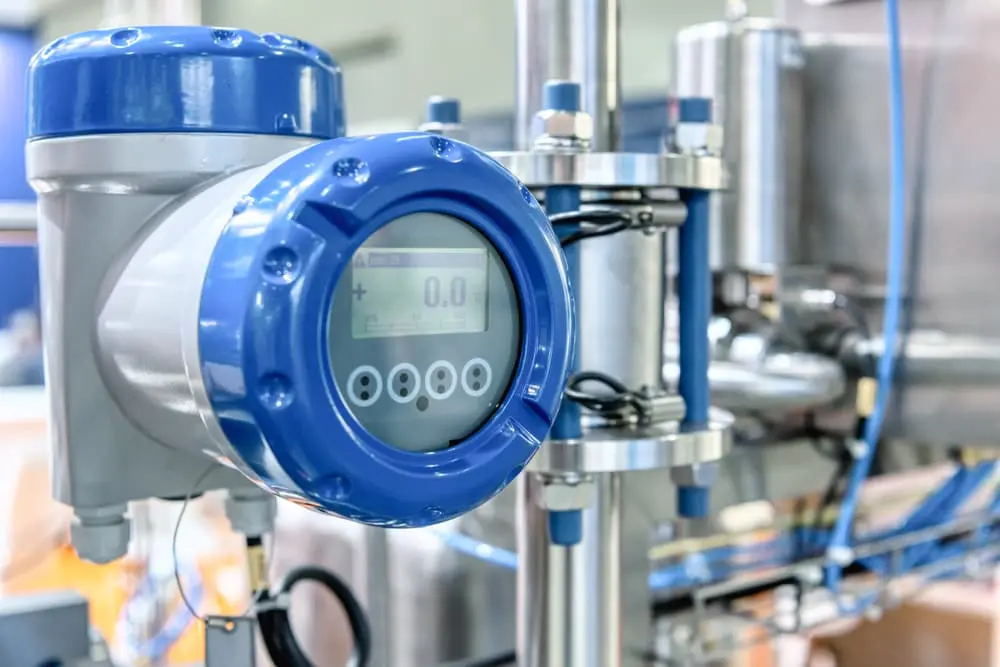
In the fast-paced world of technology, risk management is paramount. As organizations increasingly rely on complex technological infrastructures, the potential for tech-related risks, from cyber threats to system failures, has grown exponentially. Addressing these risks requires a collaborative approach across three lines of defense: operational management, risk and compliance functions, and internal audit. Each line plays a distinct yet interdependent role in managing and mitigating tech risks, ensuring a robust and resilient organizational framework.
First Line of Defense: Operational Management
Operational management forms the frontline of tech risk management. This line includes the various business units and IT departments directly involved in day-to-day operations. Their primary responsibility is to identify, assess, and manage risks within their purview. This encompasses implementing and maintaining secure IT systems, adhering to established protocols, and ensuring that all processes align with organizational policies.
Operational managers and IT staff must be vigilant, proactive, and well-versed in the latest technological advancements and potential vulnerabilities. They should conduct regular risk assessments and stay updated on emerging threats. Training and awareness programs are crucial here, ensuring that all team members understand their role in safeguarding the organization’s technology assets.
Second Line of Defense: Risk and Compliance Functions
The second line of defense is comprised of specialized risk management and compliance functions. These teams are tasked with developing the frameworks and policies that guide the first line. They provide the tools, methodologies, and expertise necessary to support operational management in identifying and mitigating risks.
Risk and compliance functions conduct regular oversight and monitoring activities to ensure that the first line’s risk management efforts are effective. They also facilitate risk reporting, ensuring that potential issues are escalated to senior management in a timely manner. Collaboration between the first and second lines is critical, with risk and compliance teams offering guidance and support to ensure that operational practices meet regulatory and organizational standards.
Third Line of Defense: Internal Audit
The internal audit function represents the third line of defense. This line provides independent assurance to the organization’s board and senior management. Internal auditors evaluate the effectiveness of the first two lines in managing tech risks, conducting objective assessments of policies, processes, and controls.
Internal audit’s role is to identify any gaps or weaknesses in the risk management framework and recommend improvements. Their evaluations are crucial for ensuring that the organization’s risk management practices are not only compliant with external regulations but also robust enough to protect against internal and external threats.
Fostering Collaboration Across All Lines
Effective tech risk management necessitates seamless collaboration across all three lines of defense. Each line must communicate and coordinate with the others to ensure a cohesive and comprehensive approach to risk management.
- Integrated Risk Assessments: Joint risk assessments involving all three lines can provide a more holistic view of potential threats and vulnerabilities. These collaborative assessments ensure that risks are identified and evaluated from multiple perspectives, enhancing the overall risk management strategy.
- Information Sharing: Continuous and transparent information sharing between lines helps in swiftly identifying and mitigating risks. Operational teams should report incidents and near-misses to risk and compliance functions, who, in turn, should share relevant insights and updates with internal auditors.
- Joint Training Programs: Cross-functional training programs can enhance understanding and cooperation among the different lines of defense. These programs should focus on emerging tech risks, regulatory changes, and best practices in risk management, fostering a culture of collective responsibility.
- Unified Reporting Systems: Implementing integrated reporting systems can streamline the flow of information across the three lines. Such systems enable real-time monitoring and reporting of risks, ensuring that all stakeholders have access to the latest data and insights.
Tech risk management is a dynamic and multifaceted challenge that requires the concerted efforts of operational management, risk and compliance functions, and internal audit. By fostering a collaborative environment where each line of defense works in tandem, organizations can build a robust framework capable of effectively managing and mitigating tech risks. This unified approach not only enhances the resilience of technological infrastructures but also ensures that organizations are well-prepared to navigate the ever-evolving landscape of tech-related threats.






